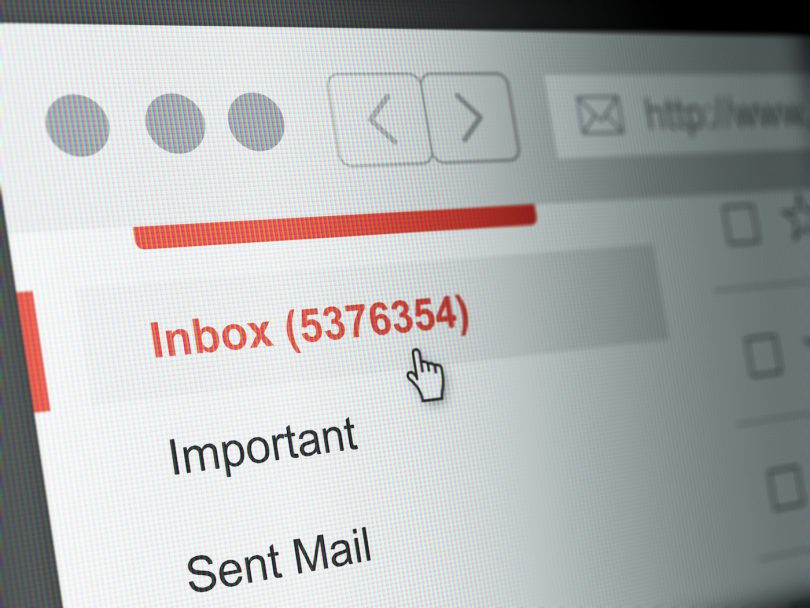Many employees at organizations across the country have been working from home during the coronavirus outbreak. For some employees, this is their first experience with remote work, telework, video conferencing, etc. And it’s everyone’s first experience with the new concept of social distancing. Combined, these factors are changing our communication habits.
As with any change, people need time to adjust. Freelancers are used to working from home, but for someone who’s sat at the same desk in the same office for the last 10 years, it’s awkward. Working from home can be fun, comfortable and productive, but it’s also quiet. (In many cases at least, though people with children or pets at home might disagree.)
But as folks gather up essentials, stage their home offices and practice using webcam services like Zoom, they also have to prepare mentally for the resulting change in interpersonal communication. They might start to miss watercooler conversations, front-desk small talk or going to lunch with their co-workers — forms of communication that help define their workplace culture and even their social identity.
As people adjust to working remotely and communicating with colleagues solely online during the coronavirus outbreak, they must distinguish between essential and nonessential communications. We can make up for missed small talk by calling co-workers to check in, or by forming online groups through Facebook, Slack and other micro-chatting platforms. We might start by discussing an essential work item but end up talking about personal stuff, just like we do at the office.
In times of crisis, the need to communicate can feel like an ongoing requirement. Everyone wants to offer breaking news. Your local grocery store issues updates about what’s in stock every few hours. The dog sitter has written a blog post you should read. At work, employees want to share information quickly and broadly. Meanwhile, the boss has planned three video conferences and two individual check-in meetings.
But too much communication can defeat its own purpose by overloading people and making them tune out the messages. Here are four ways to avoid communication fatigue while working from home:
Share crucial information.
As I wade through my crowded email inbox, I’m reminded of the marketing phenomenon known as “communication fatigue.” The same principle applies to all forms of communication: The more frequently that we communicate to an audience, the less valuable our communication becomes.
An audience’s fatigue will likely be exacerbated when we communicate nonessential, one-way information. Brands that overcommunicate with customers end up losing their attention and interest, which is a major reason why consumers unsubscribe to brand emails. The same holds true for internal communications.
While sharing crucial information about the coronavirus crisis might seem like a no-brainer for corporate managers, the consequences of overcommunicating can be counterintuitive.
Let’s say a CEO sends out a company-wide email containing new, critical information. It is forwarded to managers, who, in turn, forward the email to their departments. Leaders in those departments then forward it to their own teams. By the end, some employees have seen the same email four or five times. They become desensitized to this overcommunication and start deleting redundant emails.
But what if an important email gets deleted because its sender has become an overcommunicator and is thus branded by recipients as nonessential? How can middle managers bypass the email traffic jam and make sure that people read their messages?
Consider the frequency.
Before sending another email about the coronavirus and its effects on our businesses, we should first consider how many times we have already emailed the same people on the same topic — and how often they have responded. To avoid communication fatigue, multiple updates should be consolidated into a single email whenever possible.
It might be better to send a text message if someone can answer a question with a simple “yes” or “no.” If you have several questions, then combine them into a single email.
Add value to your message.
We also need to think about the value of what we intend to communicate. If an email doesn’t provide anything new or timely, perhaps you should not send it.
Diversify communication channels.
Communicating solely through email can be monotonous. As people work from home during the coronavirus outbreak, they might prefer to use apps such Slack or Google Talk for short, more immediate communication.
If you need to brainstorm or gather more information, then make a phone call. For personal, sensitive or emotional topics, try a video-conferencing service that lets you see people’s facial expressions, body language and gestures. Using tools like Apple FaceTime, Zoom and Google Meet can also add a more personal touch than just sending an email.
And as remote work and social distancing move us further apart during the coronavirus outbreak, a personal touch might be just what we need.
Joshua J. Smith, M.S., is a full-time faculty member of mass communications and public relations with the Richard T. Robertson School of Media and Culture at Virginia Commonwealth University.
Photo credit: shutterstock








I really loved reading these tips on how communicators can keep from becoming fatigued in the midst of the COVID-19 crisis. It’s so easy for us to be overloaded with information during these trying times — making it that much more important to keep our minds free and clear of clutter.
– Faith Saucier, writer/editor for Platform Magazine